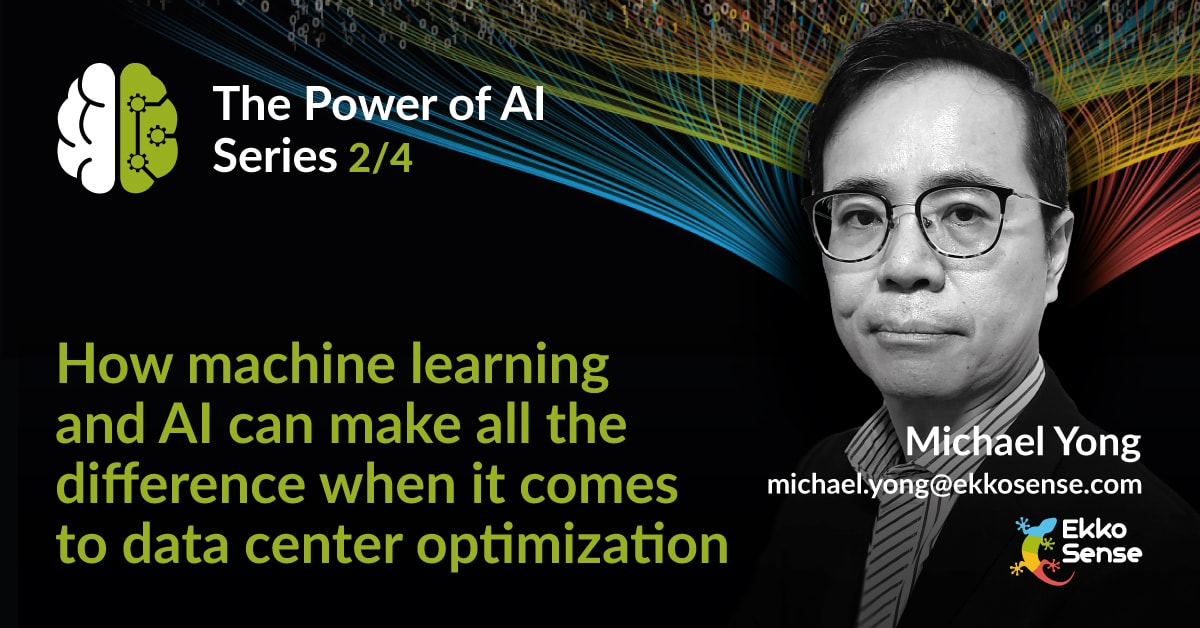Machine learning and AI data center optimization. How can it make a difference?

For several years, AI and machine learning have been used as buzzwords to signal the vision of an automated data center that’s more resilient and costs less to run. But the reality as we have shown is that most data center operators are still living in a reactive world – often spending most of their time chasing down problems and putting out fires. Can Machine Learning and AI data center optimization make a difference?
While data center teams of course recognise the value that machine learning and AI could bring to their operations, it’s important now to not just see it as a universal answer to all their concerns. Rather than consider AI as a kind of miracle data center infrastructure management plugin – one that can suddenly monitor, manage and optimize all of a data center’s power, cooling and capacity requirements – it makes more sense to focus initially on specific areas where machine learning can be applied and can deliver significant results.
The focus needs to be on those areas where machine learning and AI techniques can be applied quickly for immediate benefits. Cooling optimization and airflow management are proven areas where the technology can deliver tangible results.
Effective AI solutions rely on extensive access to accurate granular sensor data, so that they can learn and adapt when exposed to new findings. Machine learning systems are capable of analyzing information from very large data sets, and then detecting and extrapolating patterns from that data to apply them to evolving scenarios. And because today’s IT platforms clearly have access to massive computing power, they are now able to identify, analyze and act on data. However, the key question remains: what data are they going to process to get the AI insights they require?
That’s why at EkkoSense we focus on five specific areas where machine learning and AI can make a difference:
- Gathering accurate granular data – involving the collection of cooling, power, and space data at a highly granular level. Low-cost wireless sensors allow new levels of high spatial resolution, right down to individual rack-level with multiple sensor points – providing an ideal source for critical machine learning data.
- Making it easy to visualize complex data easily and quickly – with comprehensive 3D visualizations that are easy for data center teams to interpret, enabling the comparison of large data ranges to show changes and highlight anomalies
- Applying machine learning and AI analytics to provide actionable insights – augmenting measured datasets with machine learning algorithms to provide data center teams with easy-to-understand insights to support real-time optimization decisions
- Ensuring delivery with actionable recommendations for human auditability – providing operations teams with recommended actions for incremental changes that can be easily validated and that will continue to deliver until optimization objectives are met
- Deploying an ongoing continuous optimization approach – giving data center staff the capability for continuous optimization, supporting them in keeping pace with their ever-changing critical facilities. This can either be through human auditability or setup via automated control systems
In my next post, I’ll focus in on five specific ways that machine learning algorithms can help you drive software-based data center optimization. What are your views? Get in touch with me to discuss more [email protected]
Missed the first article in my series? View it here Traditional data center software toolsets simply can’t balance escalating IT workloads with the need to cut energy consumption